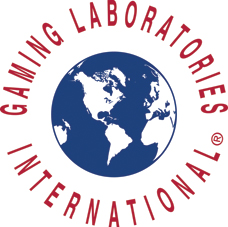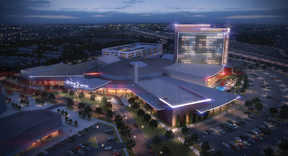
The story of Patir started more than two decades ago in a small workshop. Today, Patir is one of the leading designers and manufacturers of seating solutions for the casino and hospitality industry.
Patir has been developing and manufacturing chairs for the world of gaming for 27 years, and has supplied operators and OEMs all over the world with its German-engineered Patir chairs. Patir’s product portfolio includes chairs for slots, table games, poker and hospitality areas.
The company aims to ensure its high-performing seating solutions protect the health and vitality of people who remain seated for prolonged periods. Patir also does all it can to make sitting on a Patir chair an unalloyed pleasure. Comfort has a direct influence on the length of play time, and therefore, on the casino’s revenue.
Patir’s know-how and experience in development and production guarantee quality and innovation. Patir always has one objective in mind in everything its does: that is, to offer customers the best possible solution for their seating requirements.
Patir is a global, family-run company with headquarters in Munich, Germany and a U.S. office in Las Vegas. Patir products are not only developed by Patir, but also are completely manufactured in the company’s own production facilities. The commitment of Patir employees is the basis of its excellent seating solutions. Thus Patir proudly can say, “We don’t just supply chairs—we deliver superior seating.”
For more information, visit patirseating.com or call 702-952-9572.















